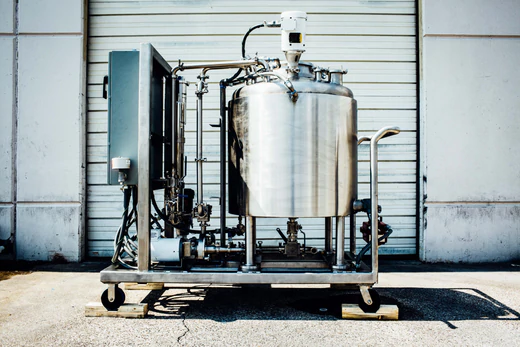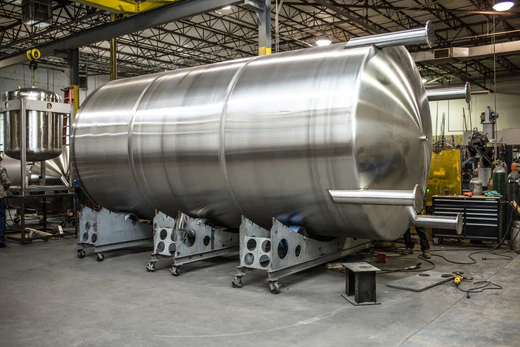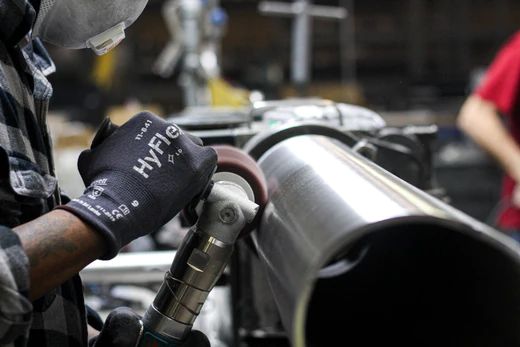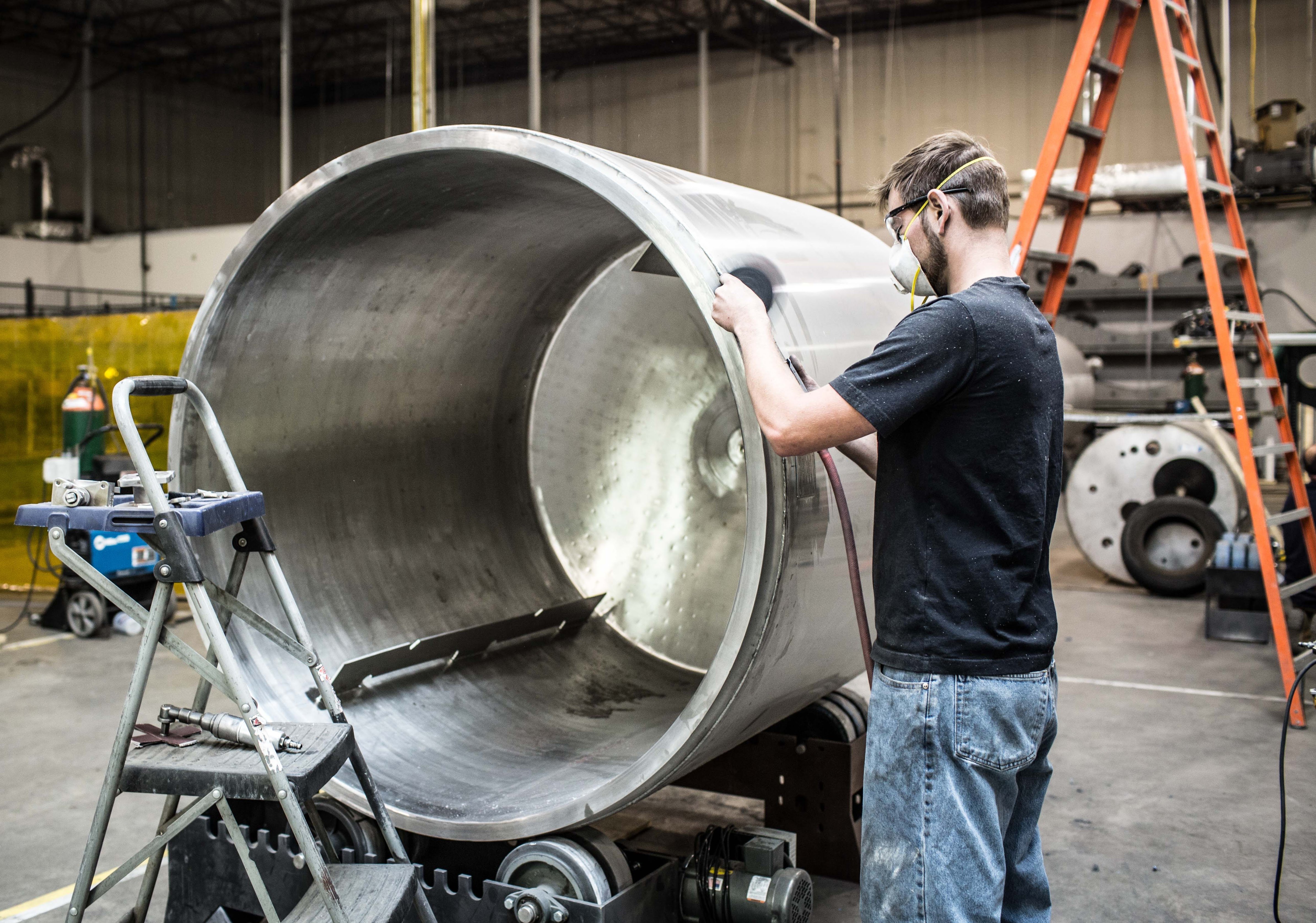4 Common Stainless Steel Tank Bottoms
The bottom of your tank, also ironically called the ‘head’ of the tank, may not be the first thing you think about when choosing to design a tank,...

Temperature control is a critical factor across numerous process industries. Proper fluid management ensures efficient and safe operation in industries like chemical, oil and gas, and even food and beverage applications where reactions can occur with any fluctuation of heat or cold. To meet the specific requirements of these applications, we offer stainless steel tank jacketing in a variety of configurations to create a solution unique to your process.
Pressure vessel jacketing, in all its forms, works by creating a channel outside the tank to move cooling or heating fluid across the surface of the stainless steel vessel to move heat away from or bring heat to the process. The end goal will vary per application, but a properly engineered system can give you the thermal stability required in your process.
The three most common jackets are conventional jacketing, dimple jacketing, and half-pipe coil jacketing.

Conventional jacketing is best suited for low pressure applications, and works simply by adding an additional layer of stainless steel to completely or partially enclose the vessel. The space between the two layers typically has welded baffling to direct the control fluid evenly across the inner layer that houses the process fluids. Conventional tank jacketing is best suited for smaller vessels with low pressure requirements. As the vessels get larger and higher pressure, it can get increasingly more expensive to install a conventional jacket, as the thickness of the outer layer would need to increase accordingly.

Dimple jackets are fabricated with lighter gauge stainless steel and are affixed to the inner shell by spot or plug welds in a dense, linear pattern. The contact between the welds and the inner shell create channels to effectively disperse the jacket's heating or cooling fluids. Dimple jackets should not be used for quick temperature changes or cycling between heating and cooling frequently. This dramatic change in temperature can cause the welds to fatigue and eventually fail.

Instead of utilizing an outer wall for insulation, the half-pipe coil jackets are created using a length of split pipe that is wound around and welded to the tank wall. The heating and cooling fluids flow through the coil, effectively dispersing the heat or cold across the tank's shell. This jacketing style works well with higher pressure applications due to how the coil is attached to the shell. A coil jacket works well with high temperature applications and large vessel applications.
If you're interested in designing your stainless steel tank, get an instant quote with our Tank Designer.

The bottom of your tank, also ironically called the ‘head’ of the tank, may not be the first thing you think about when choosing to design a tank,...

Stainless steel finishes are more than how shiny or dull the stainless steel appears to be. Having the appropriate finish for your application will...

One common issue that arises in mixing is an undesirable flow pattern. If your mixer is producing an undesirable flow pattern, you may have...